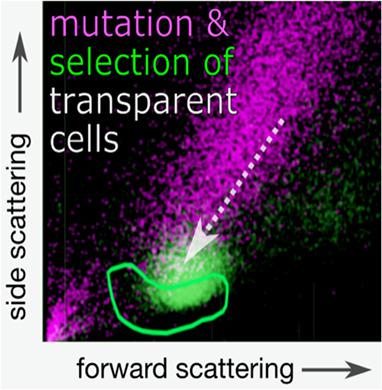当前位置:
X-MOL 学术
›
J. Biophotonics
›
论文详情
Our official English website, www.x-mol.net, welcomes your
feedback! (Note: you will need to create a separate account there.)
Optical plasticity of mammalian cells
Journal of Biophotonics ( IF 2.0 ) Pub Date : 2020-12-21 , DOI: 10.1002/jbio.202000457 Kaushikaram Subramanian 1, 2 , Heike Petzold 1 , Benjamin Seelbinder 1, 2 , Lena Hersemann 1, 2 , Ina Nüsslein 1 , Moritz Kreysing 1, 2, 3
Journal of Biophotonics ( IF 2.0 ) Pub Date : 2020-12-21 , DOI: 10.1002/jbio.202000457 Kaushikaram Subramanian 1, 2 , Heike Petzold 1 , Benjamin Seelbinder 1, 2 , Lena Hersemann 1, 2 , Ina Nüsslein 1 , Moritz Kreysing 1, 2, 3
Affiliation

|
Transparency is widespread in nature, ranging from transparent insect wings to ocular tissues that enable you to read this text, and transparent marine vertebrates. And yet, cells and tissue models in biology are usually strongly light scattering and optically opaque, precluding deep optical microscopy. Here we describe the directed evolution of cultured mammalian cells toward increased transparency. We find that mutations greatly diversify the optical phenotype of Chinese Hamster Ovary cells, a cultured mammalian cell line. Furthermore, only three rounds of high‐throughput optical selection and competitive growth are required to yield fit cells with greatly improved transparency. Based on 15 monoclonal cell lines derived from this directed evolution experiment, we find that the evolved transparency frequently goes along with a reduction of nuclear granularity and physiological shifts in gene expression profiles. In the future this optical plasticity of mammalian cells may facilitate genetic clearance of living tissues for in vivo microscopy.
更新日期:2020-12-21










































 京公网安备 11010802027423号
京公网安备 11010802027423号